
Urban Scholar Was Inspired by an Eichler
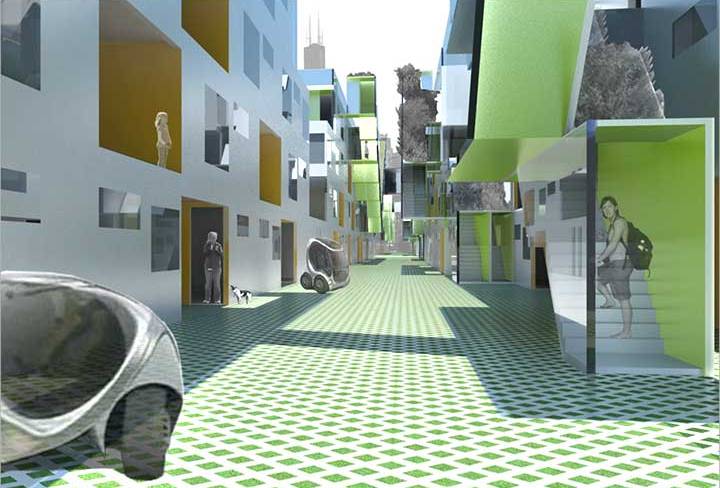 |
Imagine living in a city that knows what you need before you do, where sensors incessantly monitor traffic, air pollution, the movement of citizens and visitors, and more, much more. Google imagined it and loved the idea.
T. F. Tierney did not. An architect who believes her interest in design may have arisen in part from her early years living in an Eichler home, she has warned that a plan for Toronto by Google’s sister company, Sidewalk Labs, was both dangerous and wrongheaded.
It was dangerous, she wrote in a paper, ‘Networked Urbanism: Definition, Scholarship, Directions,’ by ignoring any concept of personal privacy, and by allowing Google to essentially colonize the city by turning everyday actions into potential corporate profit, just as social media firms today turn clicks into cash through data mining.
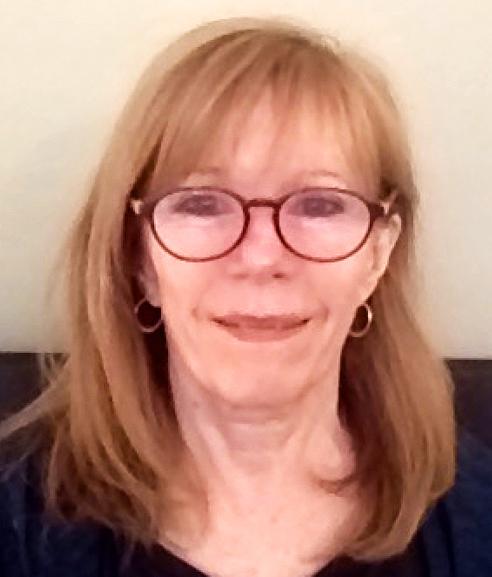 |
Constant monitoring of the populace through smart phones, cameras, and other environmental sensors could also lead to Big Brother-like control by the state – or by the corporation.
“If the entire city effectively becomes a wireless sensor network system, with data spontaneously generated from each point, then individuals can be geographically located and monitored at all times,” Tierney wrote.
In another article she warned that “the wholesale embedding of environmental sensors, allowing for 24-hour surveillance of citizens, thus far has not received enough discussion.”
(The Toronto plan died, due to the pandemic, Sidewalk Labs said; due to opposition by residents, according to the plan’s many opponents.)
Tierney, a visiting scholar in the Architecture Department at UC Berkeley’s College of Environmental Design, is no Luddite. She studied architecture at Cal, and went on to direct the Urban Research Lab at the University of Illinois.
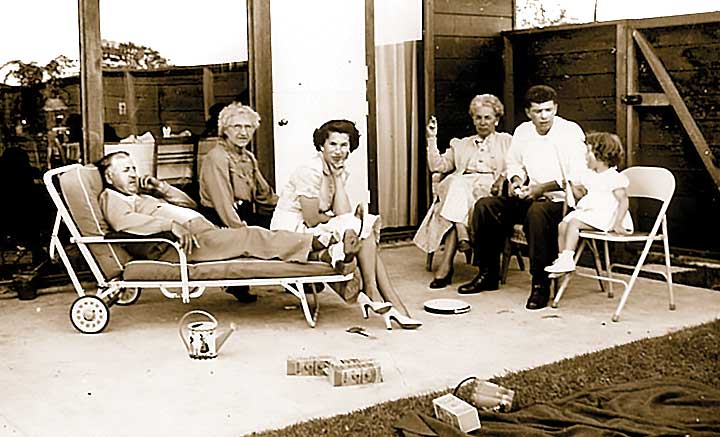 |
Tierney has authored and edited many publications, including ‘Intelligent Infrastructure: Zip Cars, Invisible Networks and Urban Transformation.' She considers the potential benefits and threats of smart cities, networked urbanism, location-based software, the “internet of things,” and discusses how information gleaned from multiple sources can be layered in ways that can help or harm.
Throughout, she focuses on social equity. Tierney studies “how we can meaningfully engage with and change technology, including shaping it towards humanistic objectives,” she writes.
Tierney believes lawmakers in the United States should regulate tech firms that mine personal data for profit. “They don't understand that this technology needs to be regulated,” she said in an interview. “They have not protected people's privacy.”
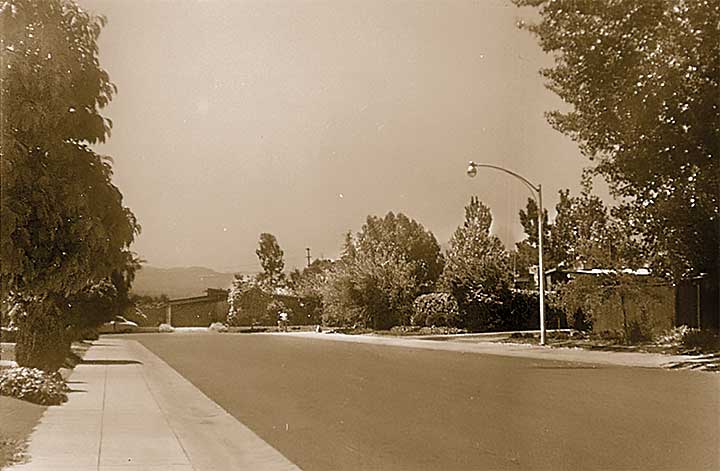 |
Tierney has wonderful memories of growing up in an Eichler in Palo Alto’s Charleston Meadows, which her parents bought using the G.I. Bill, she said.
“We were a tight-knit neighborhood. It was almost like an extended family,” she said. Kids would play outdoors unsupervised and Tierney recalls that one “neighbor had converted their front yard into a chinchilla farm. We used to like to go over there and pet the chinchillas’ super-soft fur.”
“We were the first family on the block to buy a television, so all of the children on the block would come over and watch ‘The Mickey Mouse Club.’”
Tierney said her interest in design and architecture is rooted both in the social aspects of the neighborhood, where she lived until she was seven or eight, and in the design of the homes. Her family's home, she says, “was a very different design, and it felt very spacious, very fluid. The light moved through the house.”
“I think my interest in community design maybe does come from the fact that I would run out the door in the morning. All the mothers would push their kids out the door. They didn't want children playing indoors because they would get the house dirty before the father came home in the evening.”
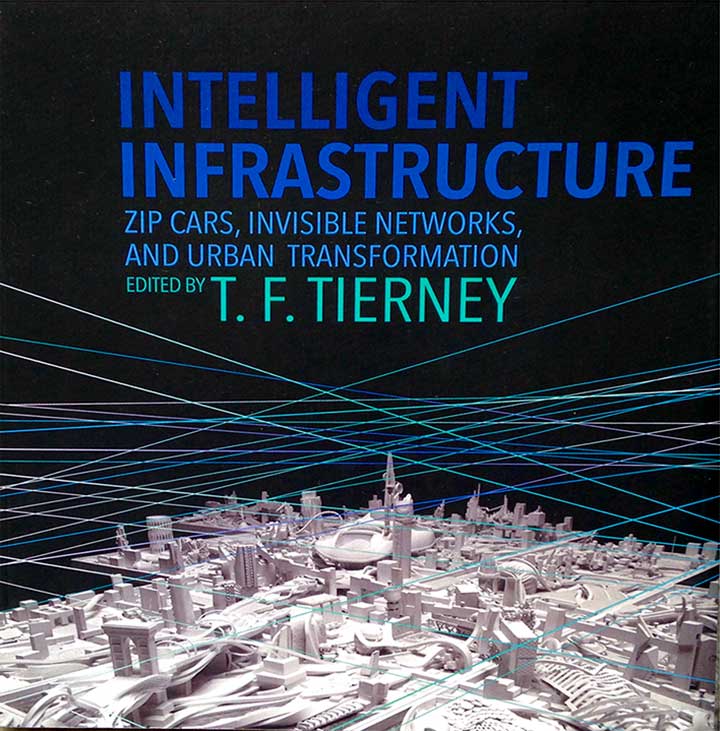 |
“My parents belonged to the Consumer Cooperative on California Avenue, where we did our shopping,” Tierney said. “And I had swimming lessons at Greenmeadows Community Center nearby; one of the other kids in the class had polio. I remember how much she loved swimming in the pool.”
Today’s Tierney’s attention has shifted from 21st century smart cities to mid-20th center community building as seen in the architecture and thought of Joseph Allen Stein, a contemporary of Joe Eichler who, even more than his like-minded progressive architect peers, was committed to social equity in his work.
As she studied networked cities, Tierney said, “I could see real problems, serious problems happening, and I become more of a critic of technology than I was before."
“So now I'm trying to go back to kind of first principles,” she added, “and that's why I'm writing about Joseph Stein.”
“There were times in the past where people were trying to define what a community was, and trying to build something better,” Tierney said, mentioning early 20th century European modern architects.
“Those [social] ideas were slower to spread to America. But I think the California architects really picked those things up,” she said, adding “especially Berkeley architects did.”
- ‹ previous
- 606 of 677
- next ›



